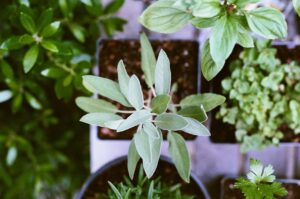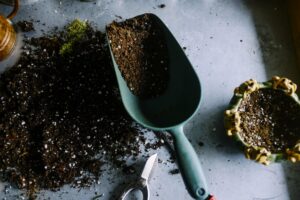As an avid gardener, you’ve probably got a bit overwhelmed in the fertiliser section. With seemingly so many decisions to make about the right food choice for your patch, it’s hard to wrap your head around what exactly is the best option.
And one of the most common decisions to be made in the fertiliser aisle is whether to go a liquid or solid.
Solid fertilisers come in a variety of states, from ultra-fine powders to uniform prills. They are usually water soluble, however many are specially coated to slow the release of their nutrients when the rains come. These are referred to as slow release fertilisers.
Liquid fertilisers come in two types. You’ve got clear liquids (solutions) or liquids that contain suspended solid matter (suspension fertilisers). While backyard gardeners may generally shy away from liquid fertilisers, those in agriculture love the easy-spreadability of them. Examples include triazones and Nitrogen solutions.
The Pros of Solid Fertilisers
The joy of solid fertilisers is that working with them is just plain simple. They’re safe to handle so you don’t need any protective gear when you’re applying them, and the application process is usually just a matter of tossing it around your garden – no fancy equipment needed.
So they’re cheap to use because you don’t need any extra equipment and they’re also just cheap to buy in the first place. Water-soluble fertilisers are generally recognised as the lowest price per unit of nutrient. Good budget option!
The other great thing about solid fertilisers is that the results are seen more or less immediately (in gardening terms!). Rapid greening occurs due to the nitrogen, so that feel-good ‘how green my garden grows!’ feeling will come on much sooner.
The Cons of Solid Fertilisers
Whilst the greening results come on quickly, they can, sadly, be fleeting. The biggest down side to using a solid fertiliser is that you do need to reapply relatively often, maybe even as often as every 4-6 weeks during peak growing periods.
You also need to be alert to watering in your fertilisers, as not properly soaking the turf post-application can result in the fertiliser burning the foliage. An over-vigorous application can also result in environmental hazards (particularly if a large proportion is washed away).
Because solid fertilisers are so reactive with the turf they’re laid on, any inconsistent coverage will soon be shown as spurt growth. A steady hand or a spreader is required.
The Pros of Liquid Fertilisers
One of the huge pros of liquid fertilisers, and why the agriculture industry loves them so much, is the fact that they can be applied through irrigation systems. This can also be a boon for home gardeners using drip feed systems – a bit of fertiliser at the top of the hose and your application is taken care of.
The foliage burn problems of solid fertiliser can be forgotten, as liquid fertilisers are generally applied as part of watering in, and hence are already diluted. You can also dilute a pesticide into the mix at the same time to avoid going around the garden twice.
The other main positive is the evenness of spread. Because you’ve generally got a continuous steady flow of fertiliser, it makes the application a lot smoother and easier.
The Cons of Liquid Fertiliser
Going for a liquid fertiliser can be a far costlier option, as you will require some sort of applicator to spread the fertiliser with. The larger the area, the more worthwhile this becomes, which is why farmers invest so happily.
The liquid fertiliser can also be a lot harder to handle. In tin or barrel form it’s heavy and bulky, and the concentrate can be harmful. A set of appropriate safety gear can be a cost that’s easily overlooked.
Keeping both these things in mind, liquid fertilisers are also taxing on your time if you’ve only got a small backyard to cover. You can’t just pull the bag out of the garden shed and throw some on like a solid fertiliser.
In the end, each type was built for a purpose. If you know the basics of each, you’ll soon identify the right choice for your backyard.



